In 2019 Ford resurrected the Puma. Instead of the little coupe that was the 90s Puma, this was a small crossover that used the same platform as the superb Fiesta.
Back then the Puma was the new kid on the small SUV block. And it was terrific. Among its many plaudits was the Scottish Car of the Year title in 2020.
But five years is a long time in motoring and the Puma has a lot more rivals than it did back then.
It’s been a while since I’ve driven one so I was excited when a Puma was dropped off at my home in Dundee.
Would it still be as much fun as I remembered? I hopped behind the wheel and went straight out for a drive across Fife to find out.
What is the Ford Puma like to drive?
Ford has always excelled at making cars that are easy and enjoyable to drive. Steering is usually light and accurate, accelerator and brake pedals nicely weighted, and they handle tidily. Back in the olden days when most cars were manual, gear changes were smooth and easy.
With the exception of the manual gearbox (my car came with an excellent seven-speed automatic transmission) I’m pleased to report the Puma ticks all the right boxes.
It sits a little lower than some crossovers, which contributes to a drive that feels more like a sporty hatchback than a stodgy SUV.
The supple chassis adapts well to bumps and imperfections and the car grips nicely through corners. There’s no four-wheel drive but my Puma handled some snowy roads in the hills near Cupar without slipping or sliding around.
Around Dundee its compact size and accurate steering made navigating the city centre a breeze.
What’s new about the updated Puma?
Ford updated the Puma last year and this was my first time driving the redesigned car. As well as some external styling tweaks and new headlights there’s a refreshed interior with a huge 12.8in touchscreen.
Ford says its infotainment system is twice as fast as the previous version and it certainly feels more responsive.
One change I would have liked to see is swapping out the old fashioned handbrake for a modern electronic one. The big lever takes up too much space and makes it awkward to use the cup holders.
That’s a minor gripe in what is an otherwise successful refresh though.
Under the bonnet there’s a 1.0 litre three-cylinder turbocharged engine, which is now assisted by a 48V mild hybrid system. The standard Puma has the choice of 125 or 155hp, with the sporty ST model boosted to 170hp.
Finally, there’s an all-electric version called the Puma Gen-E. Priced from around £30,000, it is Ford’s cheapest EV and has a 233-mile official range.
How much does the Ford Puma cost?
Prices for the Puma start at £25,800. I drove the 155hp version in high spec ST Line trim, which costs £31,350.
A slew of options including a £1,000 panoramic glass roof, Matrix LED headlights, a driver assistance pack, and the snazzy ‘Desert Island Blue’ colour trim lifted my test car’s price to £35,750.
Thanks to the mild hybrid system power delivery is nice and smooth. Zero to 62mph takes a brisk 8.7 seconds and top speed is 124mph.
Official fuel economy is 47.9mpg and over a week of cold weather driving in January my car returned around 40mpg.
With temperatures below freezing I was grateful Ford fitted the £350 Winter Pack to my car – the heated seats and heated steering wheel were on nearly all the time.
What’s the Puma like inside?
The interior of the Puma is a pleasant place to spend time. There’s plenty of headroom in the front and the rear.
A car based on the Fiesta is never going to have limousine levels of rear legroom, but average sized adults will be comfortable enough back there.
The Puma does have a much bigger boot than the Fiesta. There’s plenty of space for a couple of dogs or enough luggage to take the family away for the weekend.
It’s also very cleverly designed. Underneath the boot floor there’s a big rubber-lined space to throw wet gear in – Ford calls it the ‘megabox’. After a hike in Highland Perthshire I was able to throw my muddy boots and sodden jacket in here without soiling the car’s interior.
Best of all, if the box gets too wet you can open a plug and it all drains out. It’s by far the biggest and most well-thought-out boot in the small crossover class.
No other sector of the car market has expanded more dramatically than the small SUV sector. In a few minor ways – that old fashioned handbrake being the main one – the Puma is starting to show its age a little.
But on all the important metrics – practicality, looks, standard equipment, quality – it scores very highly. And it’s tremendous fun to drive.
Anyone who misses the brilliant Ford Fiesta should check out the Puma.
Ford Puma Road Test – Facts:
Price: £31,350
0-62mph: 8.7 seconds
Top speed: 124mph
Economy: 47.9mpg
CO2 emissions: 133g/km
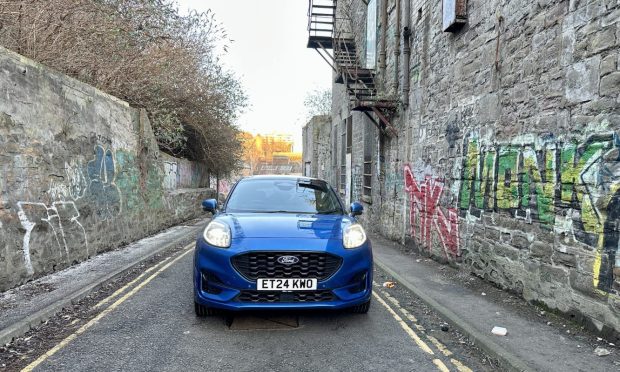
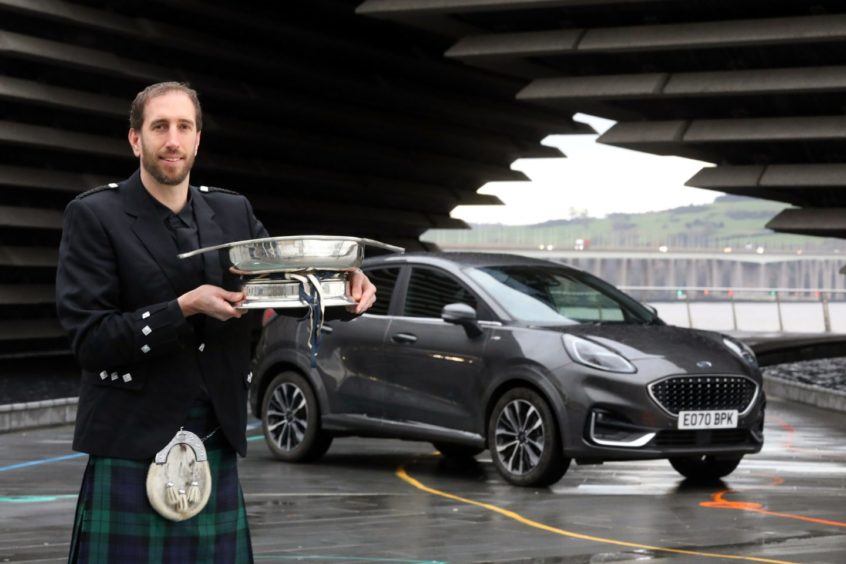
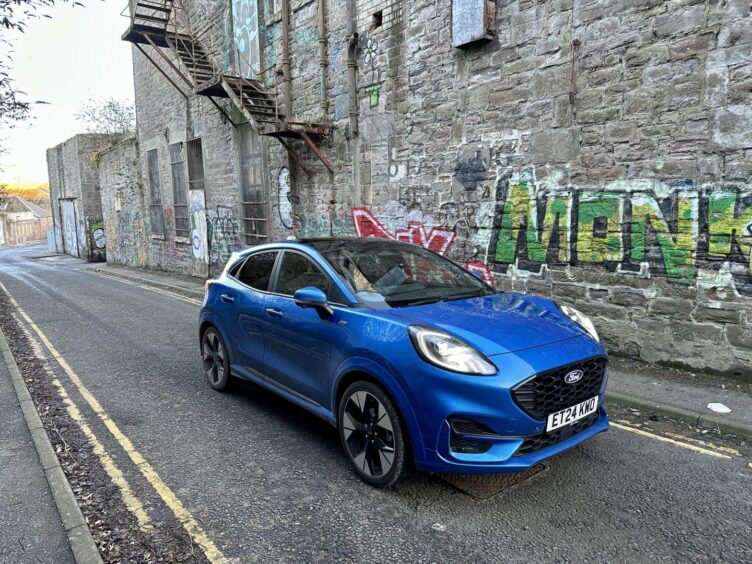
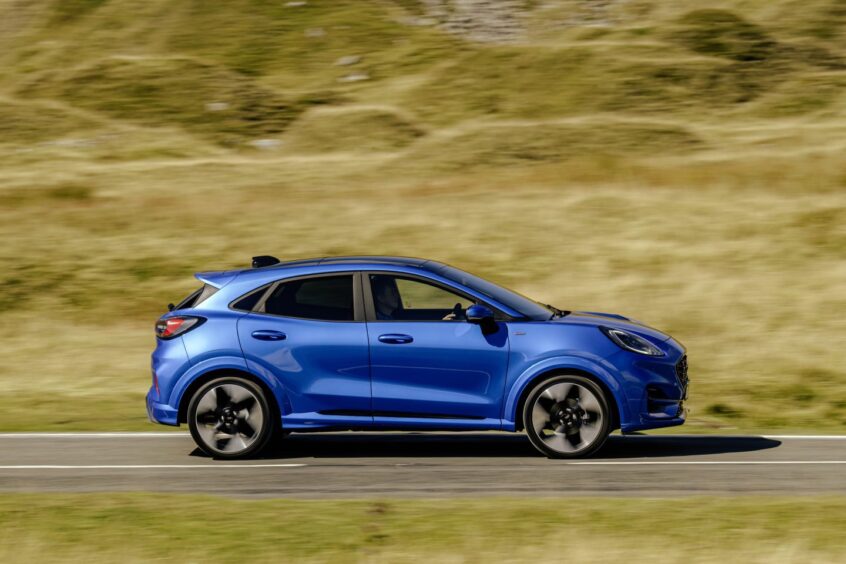
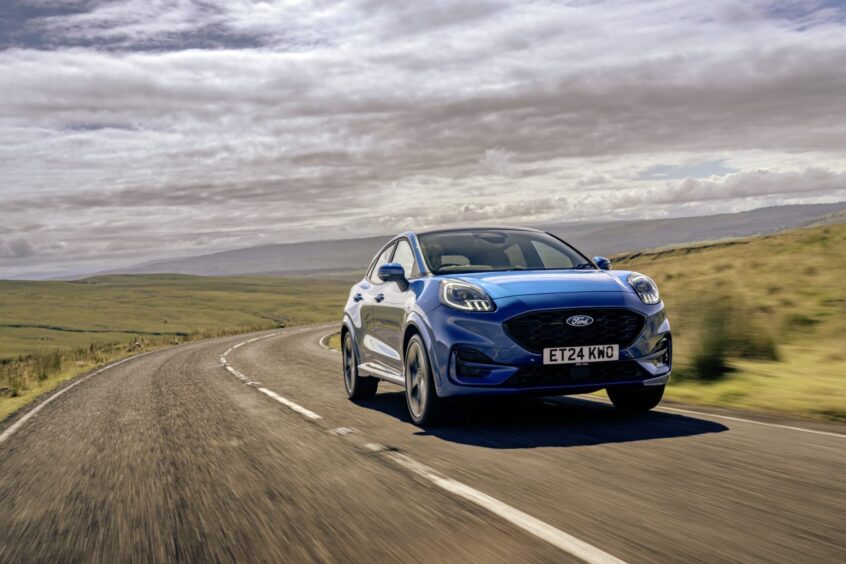
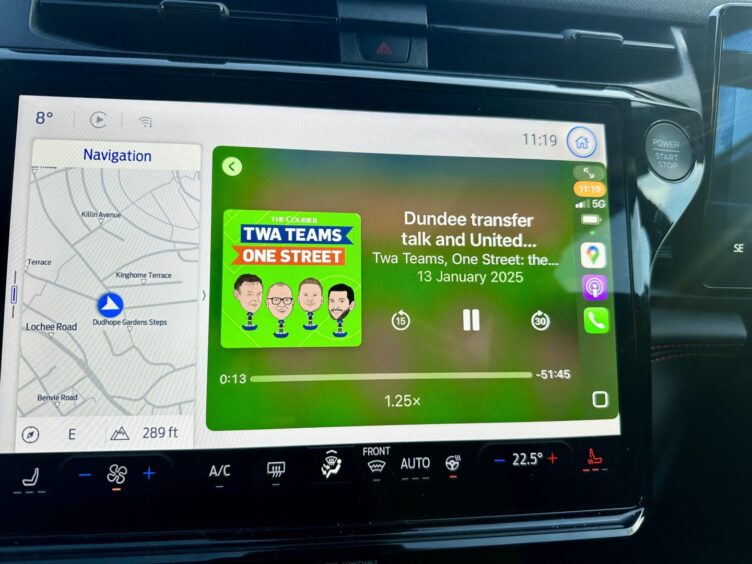
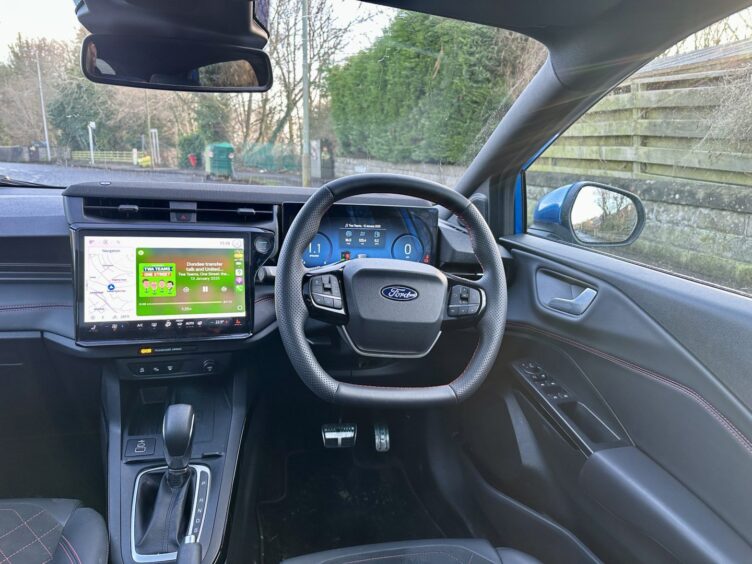
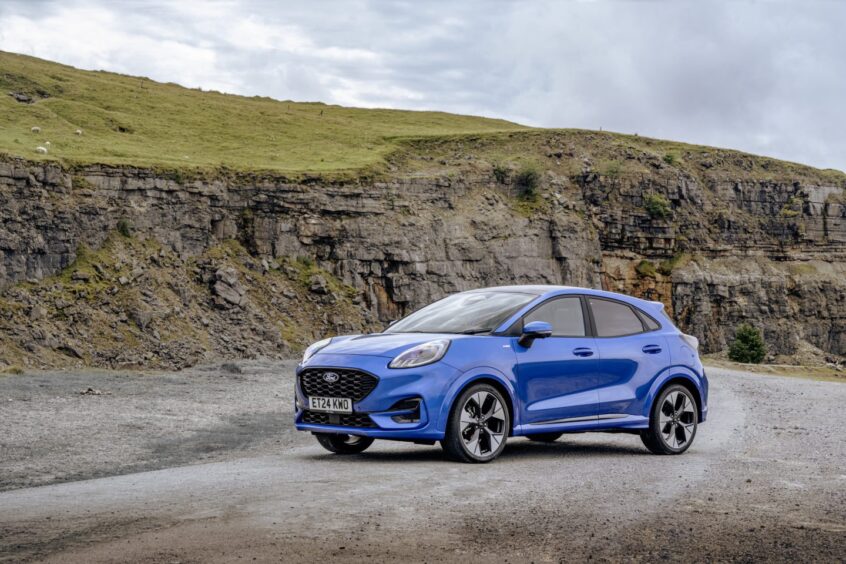
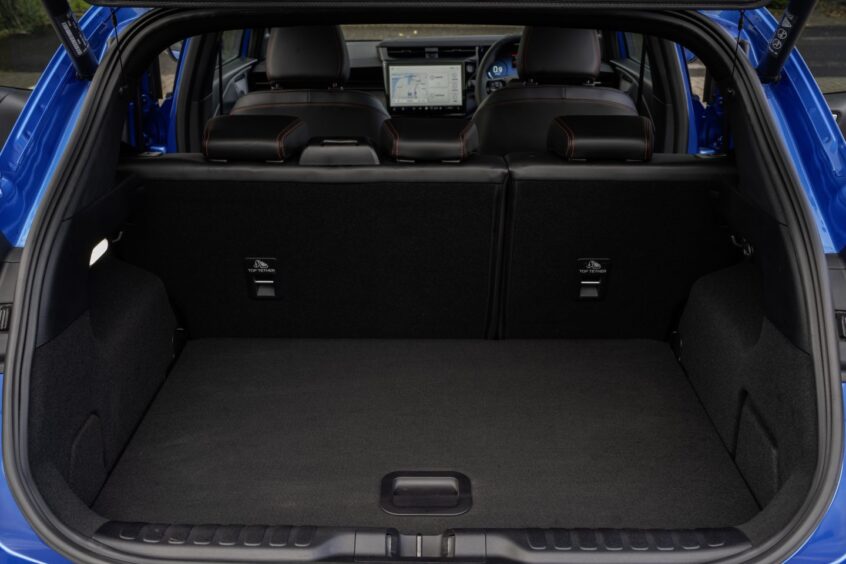
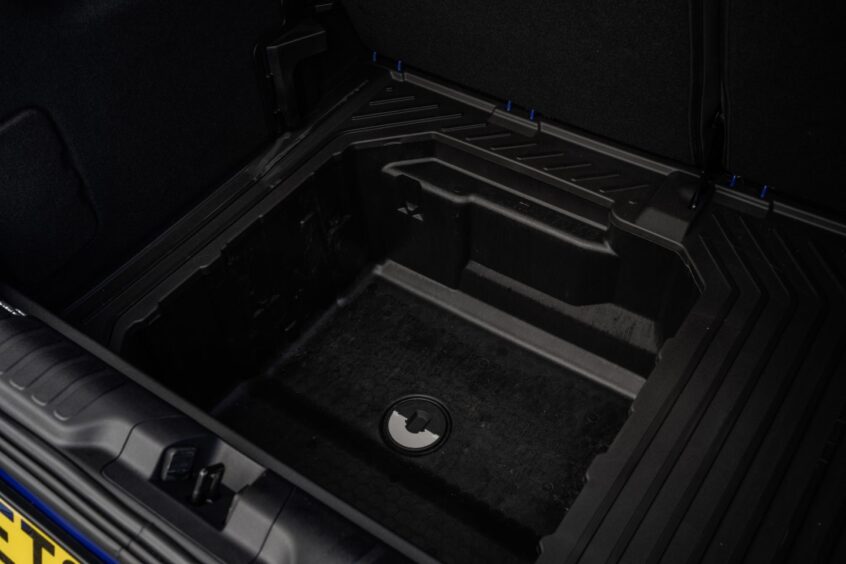
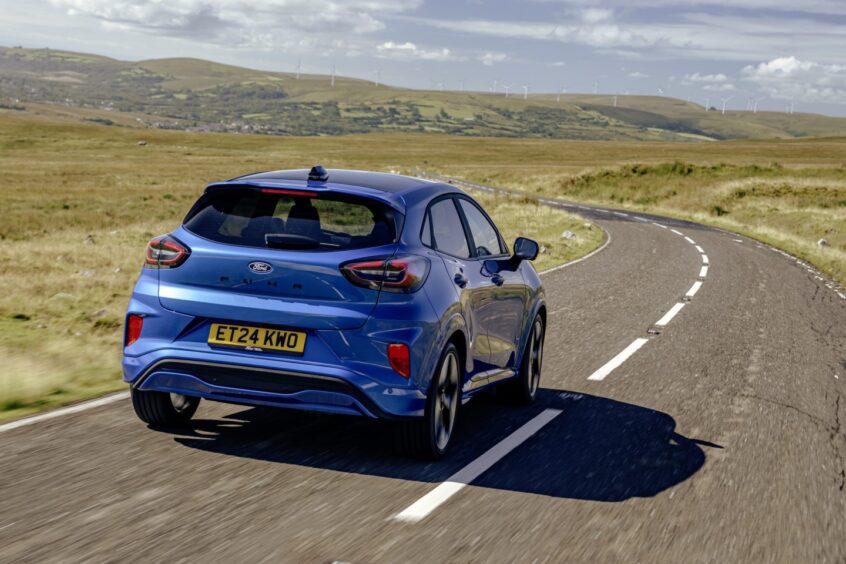
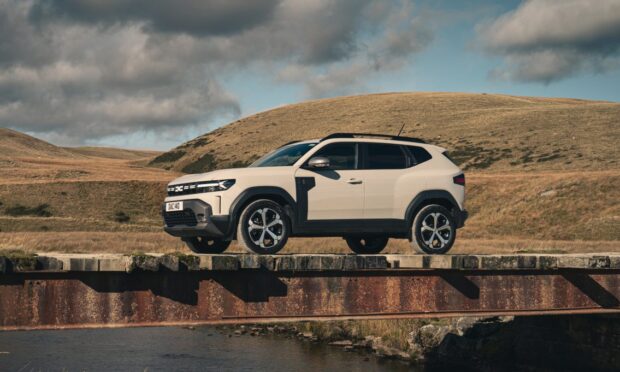
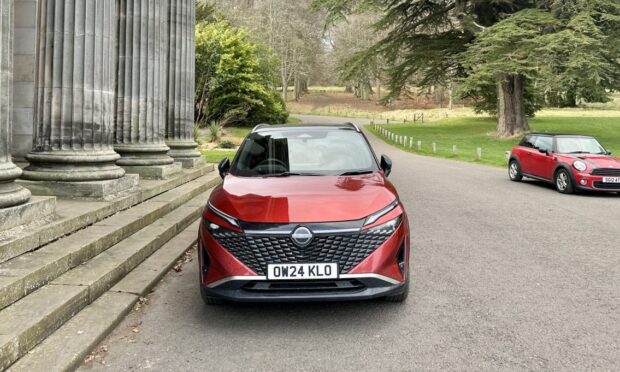
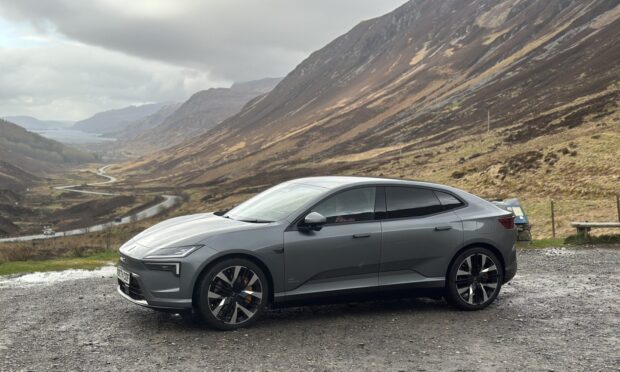
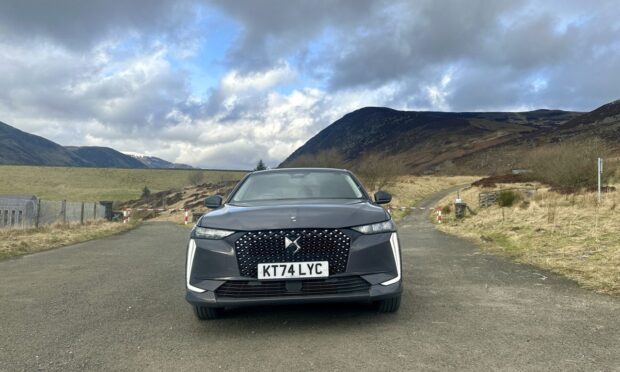
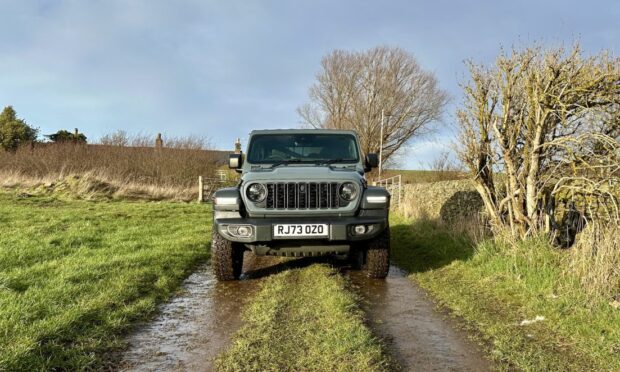
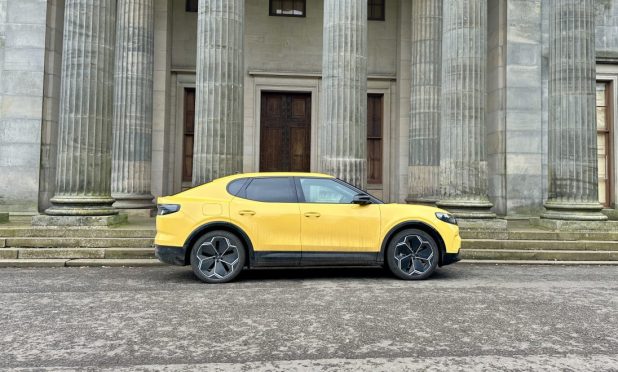


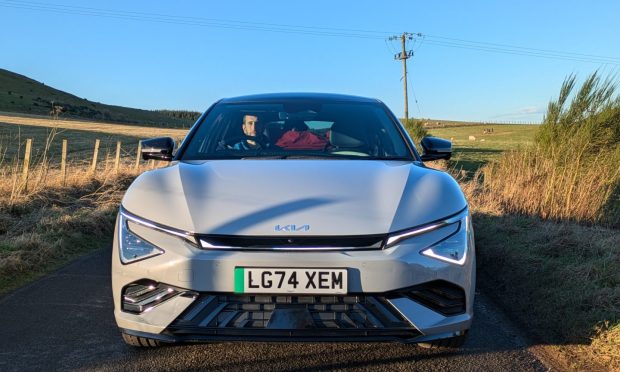
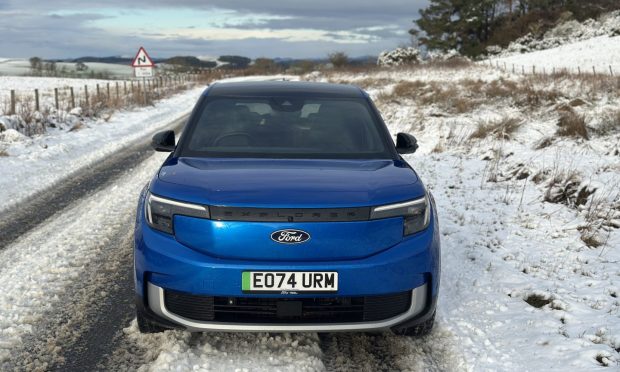
Conversation